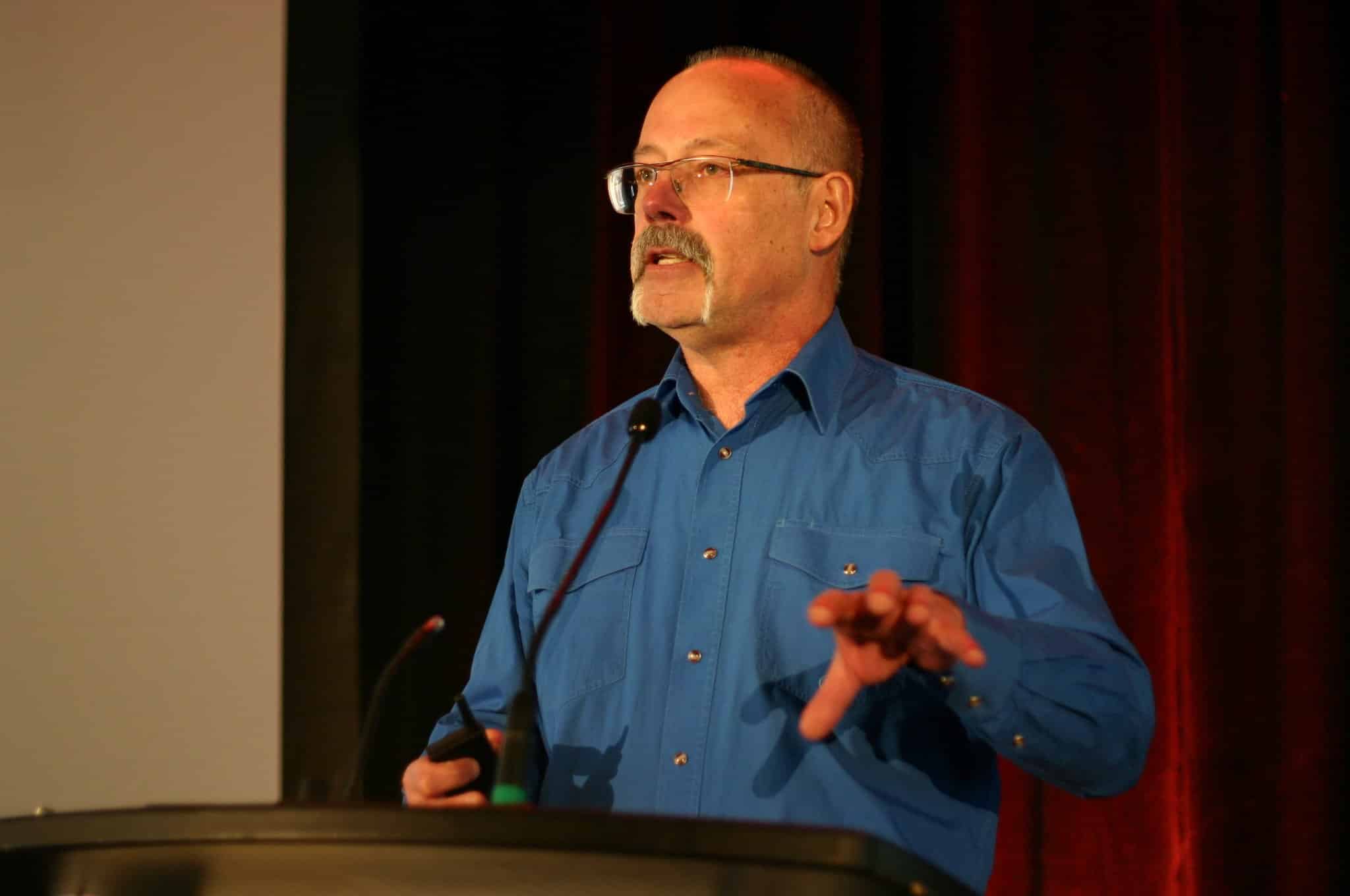For many years governments made it a priority to fund public plant breeding systems. Regionally, there were either plant breeders scattered across the country, or there was a satellite station for testing. Sadly, funding cuts forced many public stations to close.

Having the big companies come in and do plant breeding is good, but the genetics are usually tied up, limiting seed use as they need to get a return on investment. Prairie farmers have a long history of being able to use their own seed and market their grain where they wish.
The public system developed a few ways of getting the genetics into the farmers’ hands. They have done a public release through a commodity group, or through a seed company that offers the seed through a network of seed growers that retail the seed to farmers. The seed is locally grown, has local adaptation of its microbiome and has been proven to perform in the immediate area.
Public plant breeders were developing varieties based on regional needs, such as a 60-day barley for short growing season areas, a feed oat with higher digestibility, triticale varieties to match agronomic concerns, or varieties that will perform in organic management systems. Seed growers would have conversations with the plant breeders, telling them their concerns, what impressed them about varieties, what they needed in future varieties, and the plant breeders would add that feed back to their selection criteria.
Now governments have been reducing funding for the public plant breeding system. In order to stay open, they have to be a profit centre, collecting royalties, selling genetics, and cooperating with other plant breeders. Maybe that is not a bad thing either, but plant breeders still need to be able to have some creative freedom. Just like an artist.
There is a spot for the big companies to be in plant breeding. For crops with identity preserved markets, having a breeding line to create new and improved varieties makes sense. Canola, corn and soybeans are the big money game with high levels of competition on the retail side. The public system is at a disadvantage because it does not have consistent access to marketing and promotion.
Funding seems to be the key roadblock in keeping the public plant breeding system going. Whether we are talking about the university system, Agriculture and Agri-Food Canada, or a hybrid system of private systems supplying genetics, it takes a lot of time, energy, knowledge, and space to get a variety to registration, never mind to market. The question comes back to who needs to pay.
Do farmers pay royalties to the seed grower who then gives them to the seed company that pays the plant breeder? Do we do a checkoff on all grain produced? Or do the taxpayers collectively need to pay plant breeders for continuing their work to produce new varieties so farmers can improve their efficiencies on producing food? To complicate things, can the private companies receive some of the public money? It’s a complicated issue, and usually comes back to the dollars and cents of budgets and where the money comes from.
When it comes to cover crop plant breeding, having a high grain yield may not be the right end goal as a cover crop. But having low growth, increased root mass, and delayed maturity may be the attributes needed. Private companies may not be interested in these attributes. But to further the cover crop industry and adoption, they may be needed.
Under the forage production registration regulations, which are less stringent than grain, varieties can be brought to market with less expense, but the value they bring as options for cover crops can be as large as some grain varieties.
Personally, if we had the choice of having cover crops that will winter kill or over winter, warm and cool season species, annual, biennial and perennial plants as grasses, legumes, and broadleaf plants, it would go a long way of creating options for adding more plant diversity in our cover crops and rotation. Looking for plants that are biennial or perennial that winter kill in your part of the world is a good option. We need to find ways to get more forbs growing on our land.
Overall, there is a need for public plant breeding to continue — the challenge is how they get funded. The benefits of having more cover crops seeded benefits farmers, urban centres, watersheds, air quality, livestock and grain producers, organic and conventional farms. But the economics need to work so the brunt of the cost should not be put on the producers. For the environmental benefits alone, society needs to be willing to share the load.











